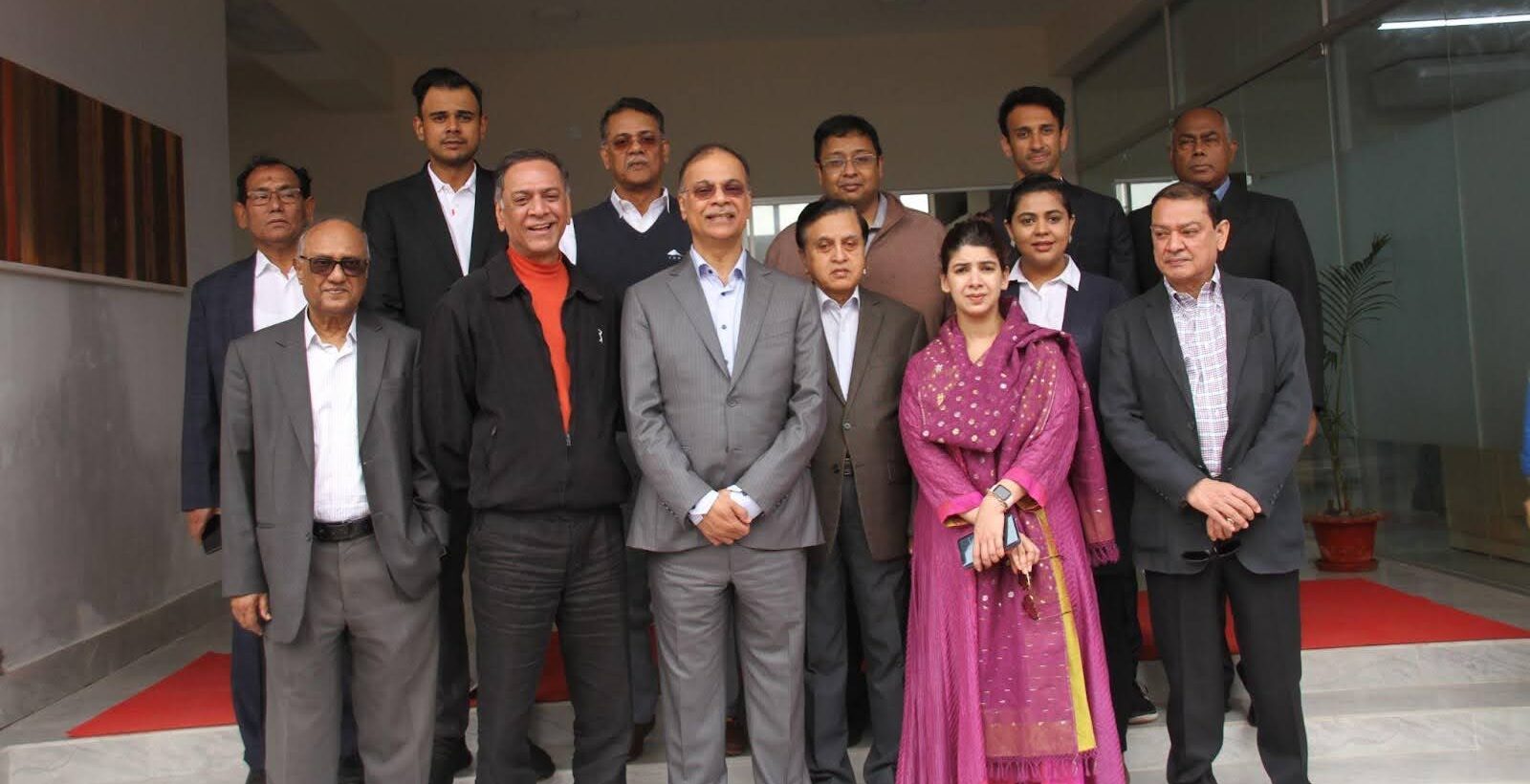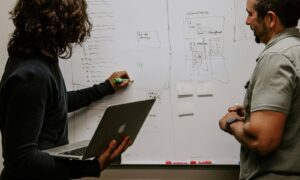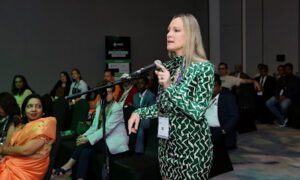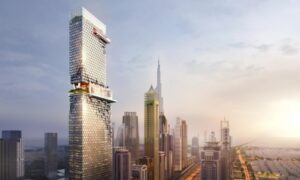With a population of over 170 million people packed into approximately 130,170 square kilometers, Bangladesh faces unique challenges in developing renewable energy projects that require substantial land area. Summit Group, Bangladesh’s largest infrastructure conglomerate, has developed strategies to overcome these geographical constraints while pursuing green energy goals.
Summit Group’s approach to addressing land scarcity focuses on three pillars: cross-border renewable energy partnerships, innovative small-scale projects in Bangladesh, and a long-term plan to reduce carbon intensity while gradually transitioning to cleaner energy sources.
Land Use Constraints and Economic Context
Bangladesh faces some of the most severe land constraints in the world for renewable energy development. With a population density of 1,350 people per square kilometer in 2025 (up from 1,265 in 2020), Bangladesh ranks among the world’s most densely populated countries. This density creates pressure on available land resources, particularly for large-scale renewable energy installations that require substantial space.
Agricultural land is particularly precious as the sector employs almost half of Bangladesh’s population and remains crucial for food security despite its declining contribution to GDP. The World Bank noted that “despite the high population density, decreasing arable land, and frequent natural disasters, Bangladesh has made remarkable progress in achieving food security.”
But as of 2024, renewable energy sources account for only about 4.5% of Bangladesh’s total installed power capacity. The power generation mix remains heavily dominated by fossil fuels, with natural gas being the primary source at 44.32%, followed by coal at 24% and heavy fuel oil at 23.41%.
The government’s targets to increase renewable energy’s share to 15% by 2030, 40% by 2041, and potentially 100% by 2050 will require innovative approaches to overcome land constraints.
Given these constraints, energy experts have identified several roadmaps to maximize renewable energy potential without compromising agricultural production:
1) Dual-Use Land Development: The Institute for Energy Economics and Financial Analysis suggested that Bangladesh could install 1,700-3,400 megawatts of solar power capacity within the existing system without significant land use conflicts. This could be achieved through proper land resource mapping and dual-use approaches.
2) Rooftop Solar Integration: Leveraging rooftop spaces, particularly in industrial areas, offers significant potential. Bangladesh’s Ready Made Garment sector already hosts over 200 Leadership in Energy and Environmental Design-certified industrial facilities working to reduce their carbon footprints through increased use of renewable energy sources.
3) Wetlands and Water Bodies Utilization: Studies indicate that utilizing just 1% of the Kaptai dam’s water surface for floating solar installations could generate nearly 500 megawatts of solar capacity. Additional potential exists along riverbanks and in reclaimed areas in the Megha estuary.
4) Offshore Wind Development: According to the National Renewable Energy Laboratory, Bangladesh has over 20,000 square kilometers (approximately 7,722 square miles) of area where wind speeds range between 5.75 and 7.75 meters per second, representing a potential of over 30,000 megawatts. The country is currently selecting two offshore wind sites based on feasibility studies.
5) Special Economic Zones Integration: With 97 SEZs being developed, there’s potential to incorporate utility-scale solar within these planned developments to minimize additional land requirements
These approaches can work in tandem with Summit Group’s cross-border renewable energy partnerships to offer practical pathways for Bangladesh to pursue its renewable energy ambitions while addressing its unique geographical constraints.
Cross-Border Energy Solutions
The cornerstone of Summit Group’s renewable plan involves developing projects in neighboring countries where land is more abundant and renewable resources are plentiful.
In September 2023, Chairman Muhammed Aziz Khan announced plans to invest in clean energy projects across South Asia. According to Reuters, Summit Power International will develop “1,000 megawatts of solar and wind generation (with battery storage) in India through partnerships with large Indian firms.”
Additionally, Summit plans to develop 700 megawatts of hydropower in Nepal and Bhutan, leveraging the abundant water resources in these mountainous countries. This electricity would then be transmitted to Bangladesh through cross-border power lines, addressing both the land constraint and providing clean energy.
“We are especially looking at cross-border solutions to bring renewable, sustainable electricity solutions for the region,” says Ayesha Khan. “If you look at the map, Bangladesh and this region is surrounded by renewable sources in places like Bhutan, in places like the northern deserts of India, and places like Nepal. But the demand for energy is on the southern side and near the port cities.”
According to Wu Yan Bin, chief financial officer at SPI, Summit Group is actively monitoring regional projects with various potential partners.
Small-Scale Projects
Within Bangladesh itself, Summit is focusing on smaller, more targeted renewable projects designed for specific communities that maximize limited land availability.
One notable example is Summit’s partnership with Friendship, a nonprofit international social purpose organization, to build an integrated microgrid solution in a remote area of northern Bangladesh. The project comprises a 57.6 kilowatt solar plant with batteries, irrigation pumps, and water systems, providing electricity to over 3,000 people in a village where land periodically floods due to monsoons.
This project, which won an award from Reuters Global Energy Transition in 2023, demonstrates Summit’s approach to implementing renewable solutions despite geographical constraints. Rather than attempting large utility-scale solar farms that would require substantial land, the company has targeted micro-grid solutions that directly benefit local communities while requiring minimal space.
Sustainability Commitments and Long-term Energy Transition
In September 2022, Summit signed a Memorandum of Understanding with Japan’s JERA Asia for a Carbon Neutral Roadmap. This partnership outlines pathways to establish zero emissions targets and identifies opportunities to deploy greener fuels such as hydrogen or ammonia in support of decarbonization efforts.
In 2023, the company has set specific sustainability targets across different timeframes:
1) Short-term (by 2030): Reduce Scope 1 and Scope 2 emission intensity (CO2 per kilowatt hour) by 10% compared to a 2021 baseline and procure 100 megawatts of renewable generation assets.
2) Medium-term (by 2040): Make 40% of its portfolio from clean energy sources, aligning with Bangladesh’s national goal announced at COP27.
3) Long-term (by 2050): Achieve net zero CO2 emissions, matching the goal of partner JERA.
The progress towards these targets will depend on the evolution of clean energy technologies to cost-effective levels that align with Bangladesh’s economic growth stage.
“At any point in time, if you compare our projects, it was always at the lowest cost and the most competitive rate,” notes Ayesha Khan. “What Bangladesh needs is to be able to import very low-cost renewable electricity from its regional neighbors, and there is an ample amount of that.”
While acknowledging the challenges Bangladesh faces due to its geography, Summit Group has developed a pragmatic strategy that combines regional partnerships, innovative local projects, and a phased transition to cleaner energy sources. Ultimately, the goal is to pursue renewable energy goals despite land constraints while maintaining a commitment to providing affordable energy to Bangladesh’s growing economy.



































